I remember well the reception afforded to the Porsche 959 when it finally went into production in 1986, three years after being shown in concept form. This wasn’t just a new level for 911-based machinery nor even for Porsche itself. It was a new level, period.
Those who drove it spoke of cruising, yes cruising, at 160mph, and the strong acceleration still available at that speed. It blew Ferrari’s gorgeous and still quite new GTO (only latterly described as a 288 GTO) into instant obsolescence. Those journalists who drove it were thunderstruck, and rightly so.
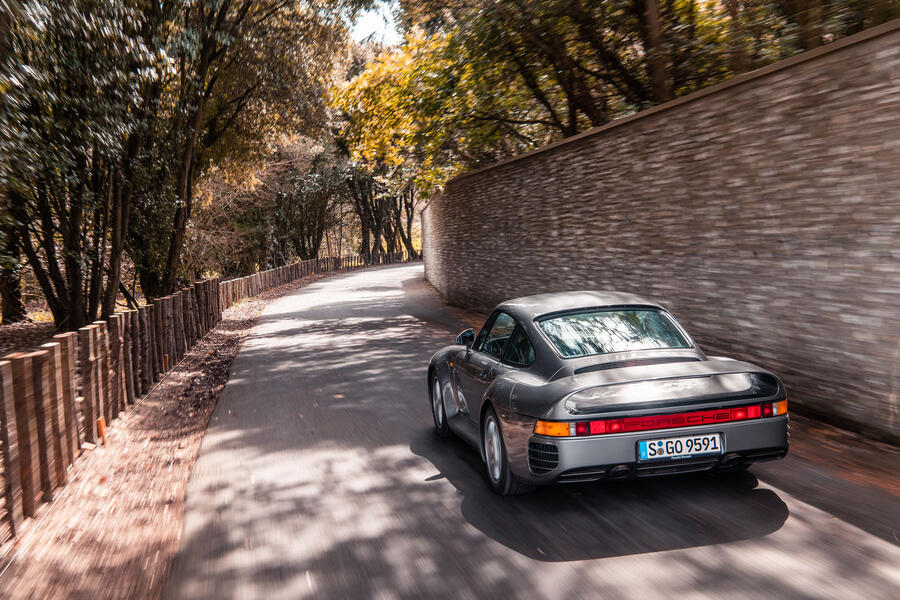
For this was the fastest production road car the world had ever seen. It had 444bhp and a top speed of more than 190mph. It could reach 62mph in 3.7sec. It didn’t just have four-wheel drive but also a demand-based variable torque split and even – would you believe it? – adaptive damping. It made the Ferrari look like a rather elegant antique.
So here’s a set of stats from another car: 444bhp, a top speed of 190mph, a 0-62mph time of 3.6sec, four-wheel drive, a demand-based variable torque split and, yes, adaptive damping. Pretty similar, you’d agree. Except these numbers belong to a 992-generation 911 Carrera 4S, one of the humbler members of the new 911 range. It has taken 33 years, but performance and technology regarded then as borderline insane is now within the preserve of the high-quality but entirely everyday sports car.
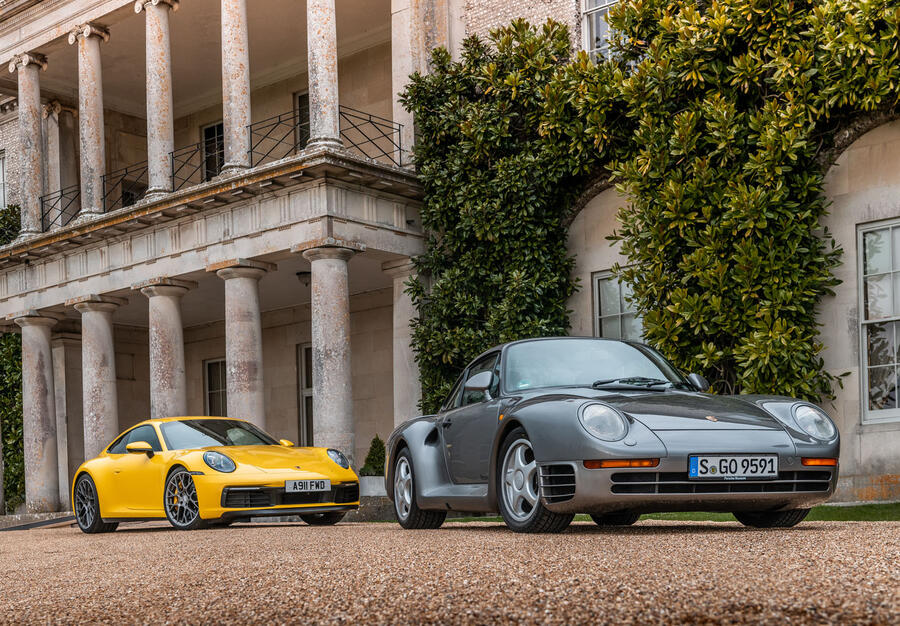

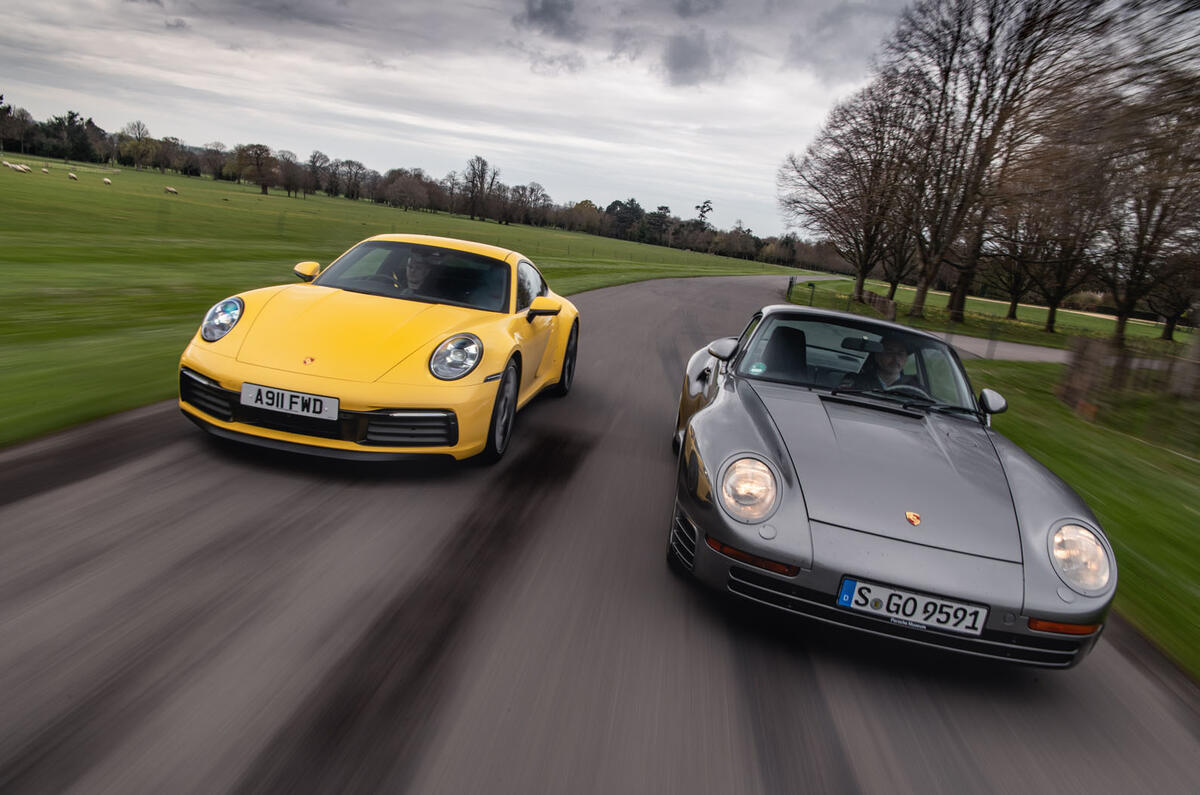
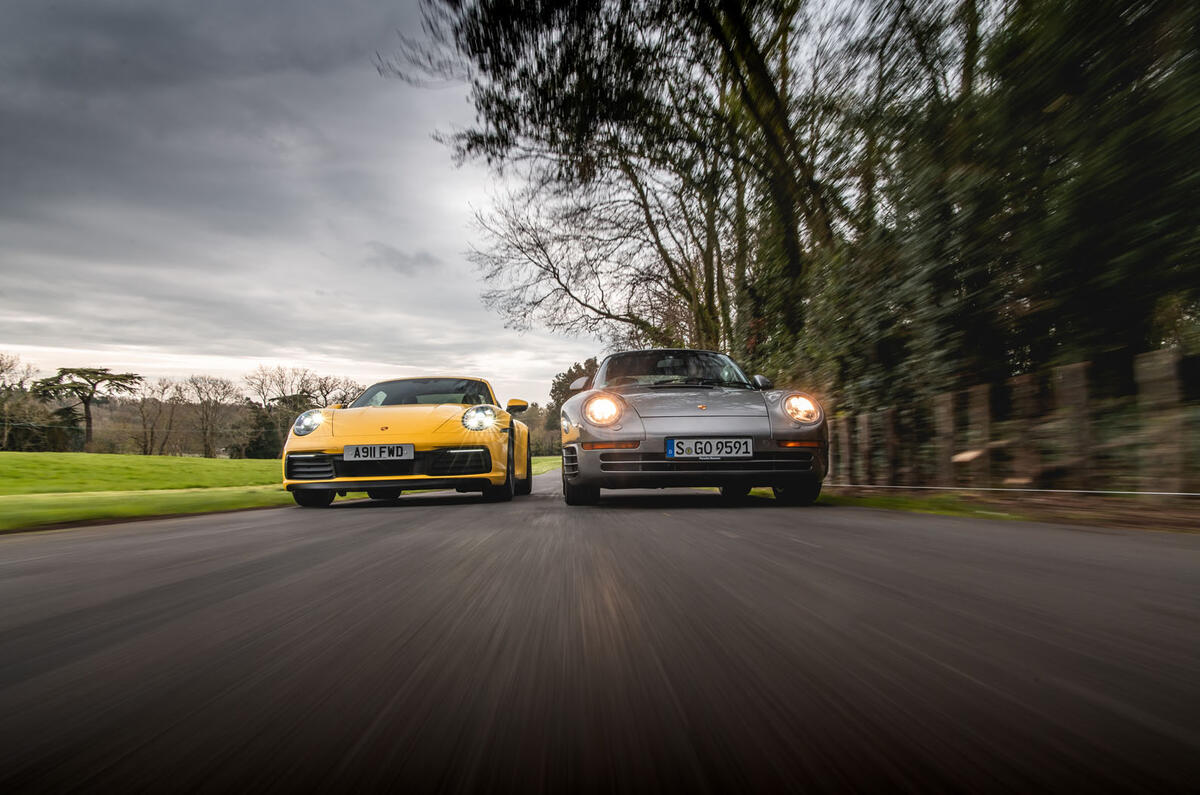
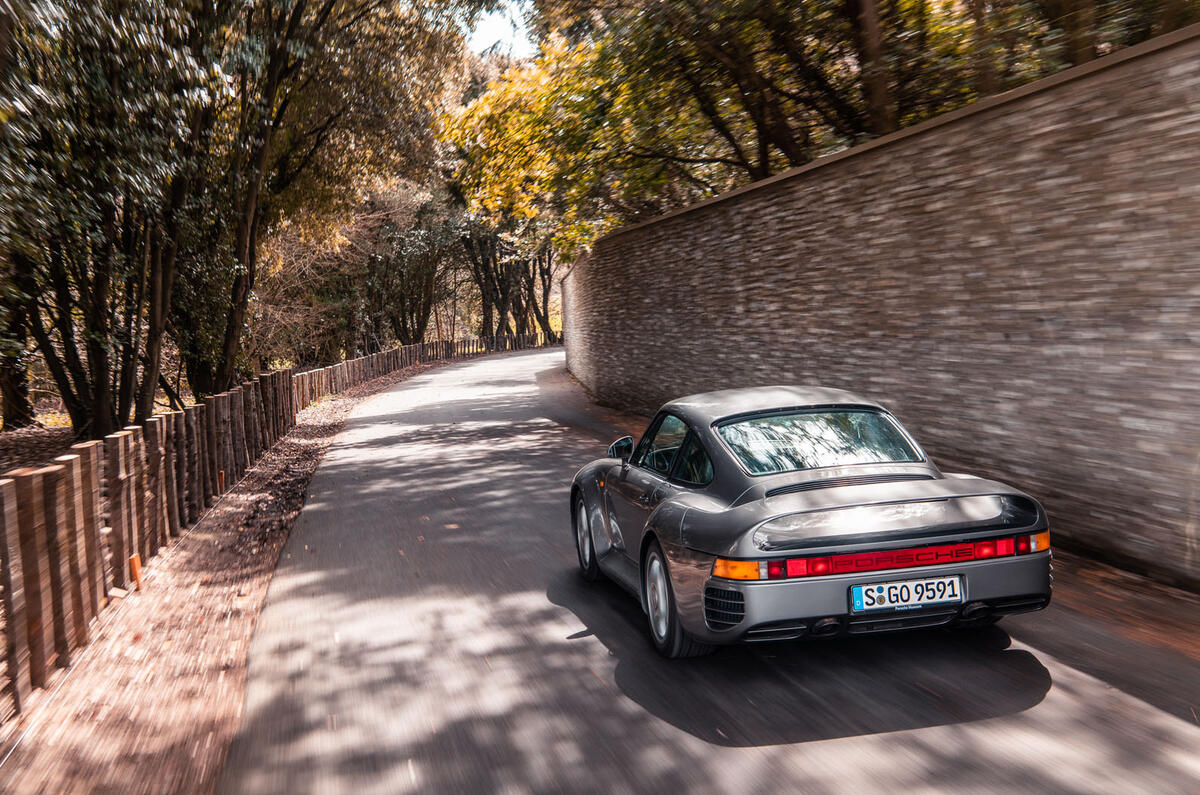
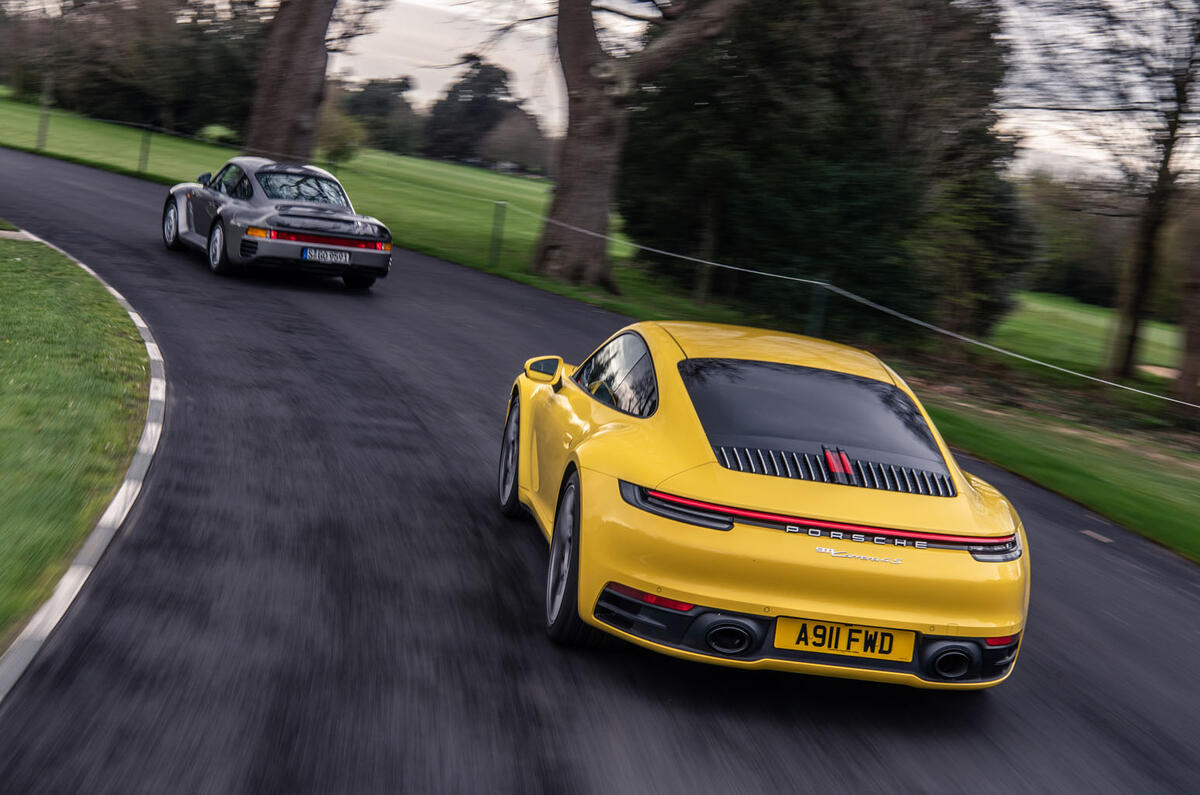
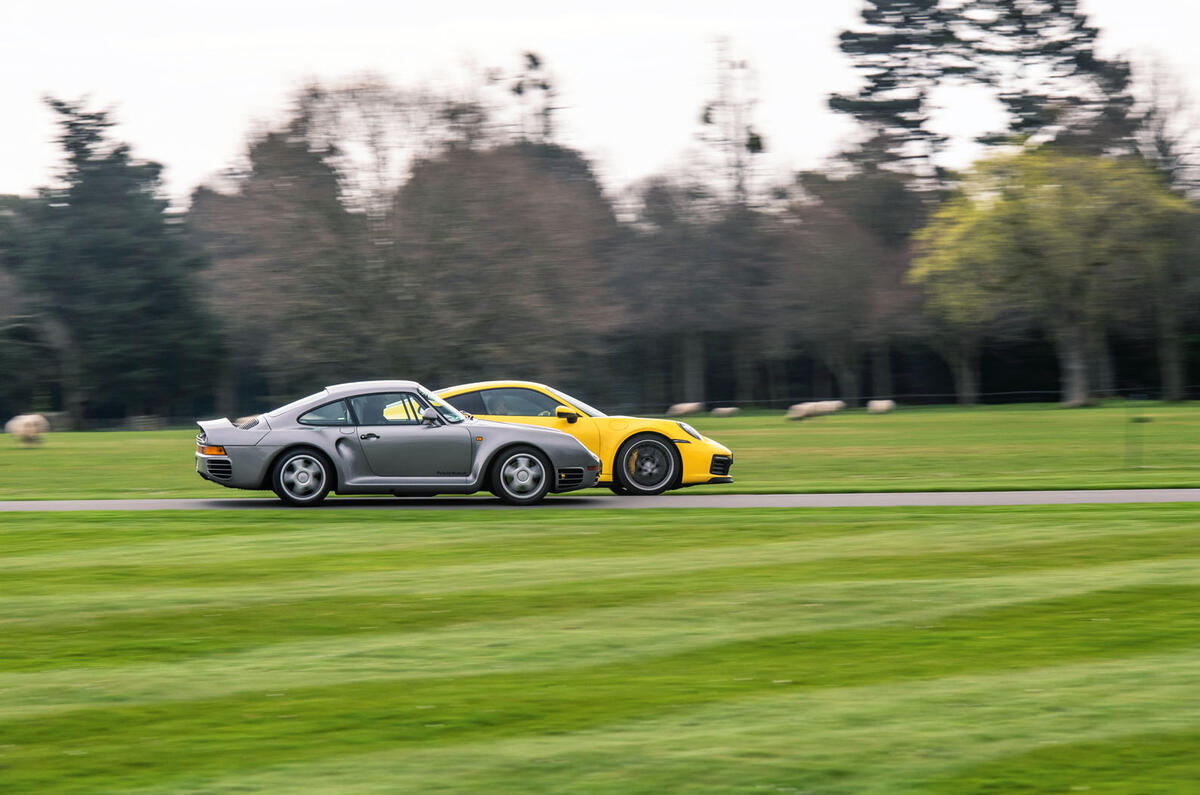
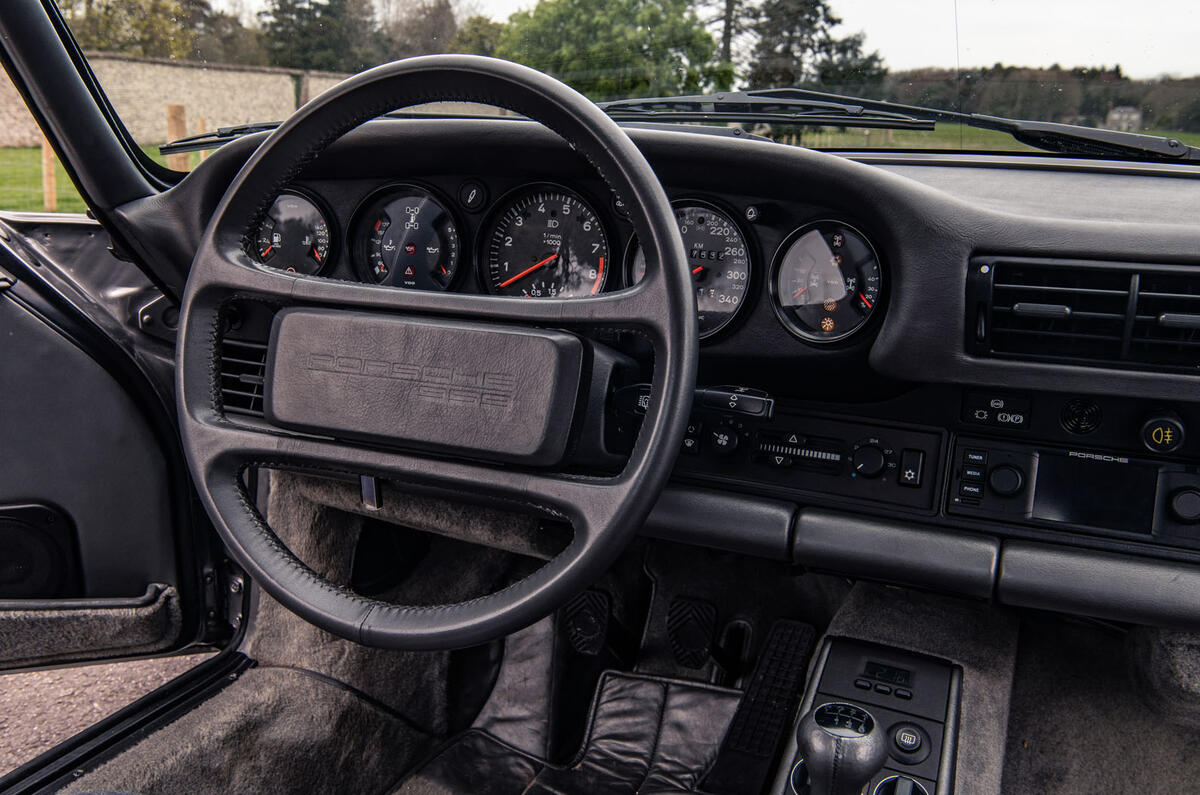
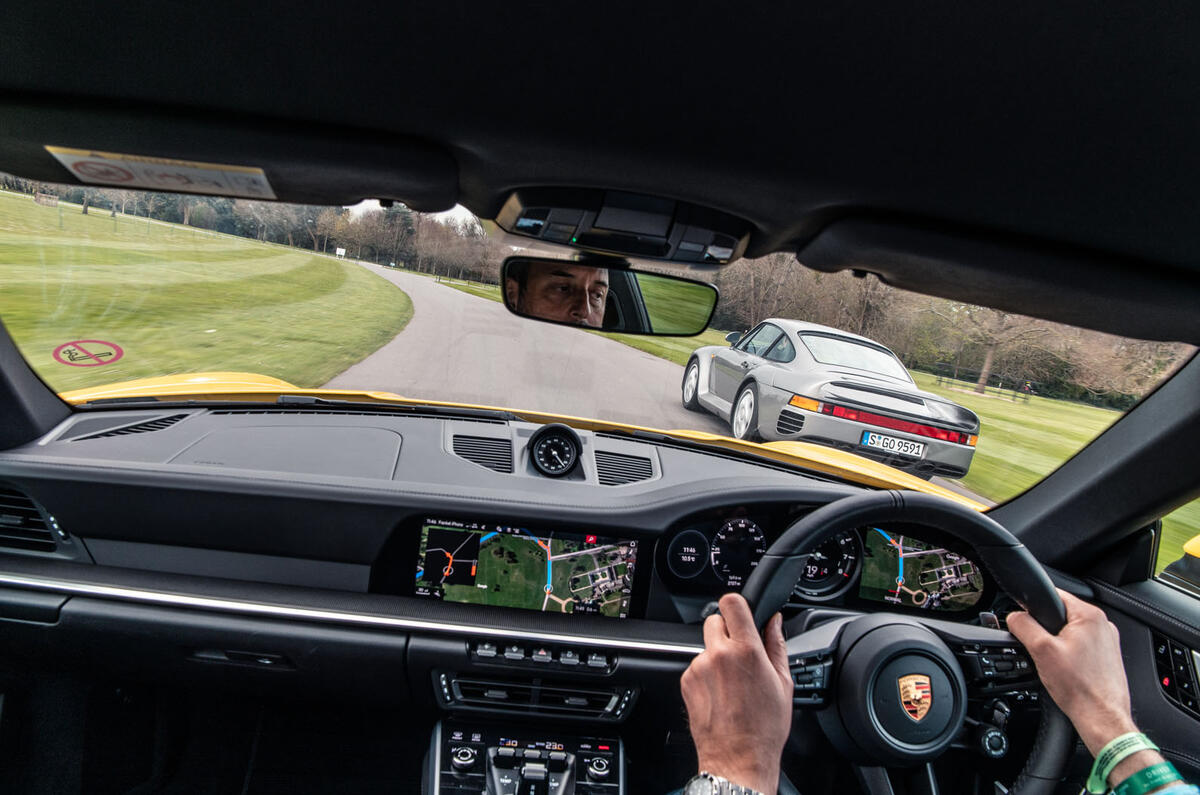
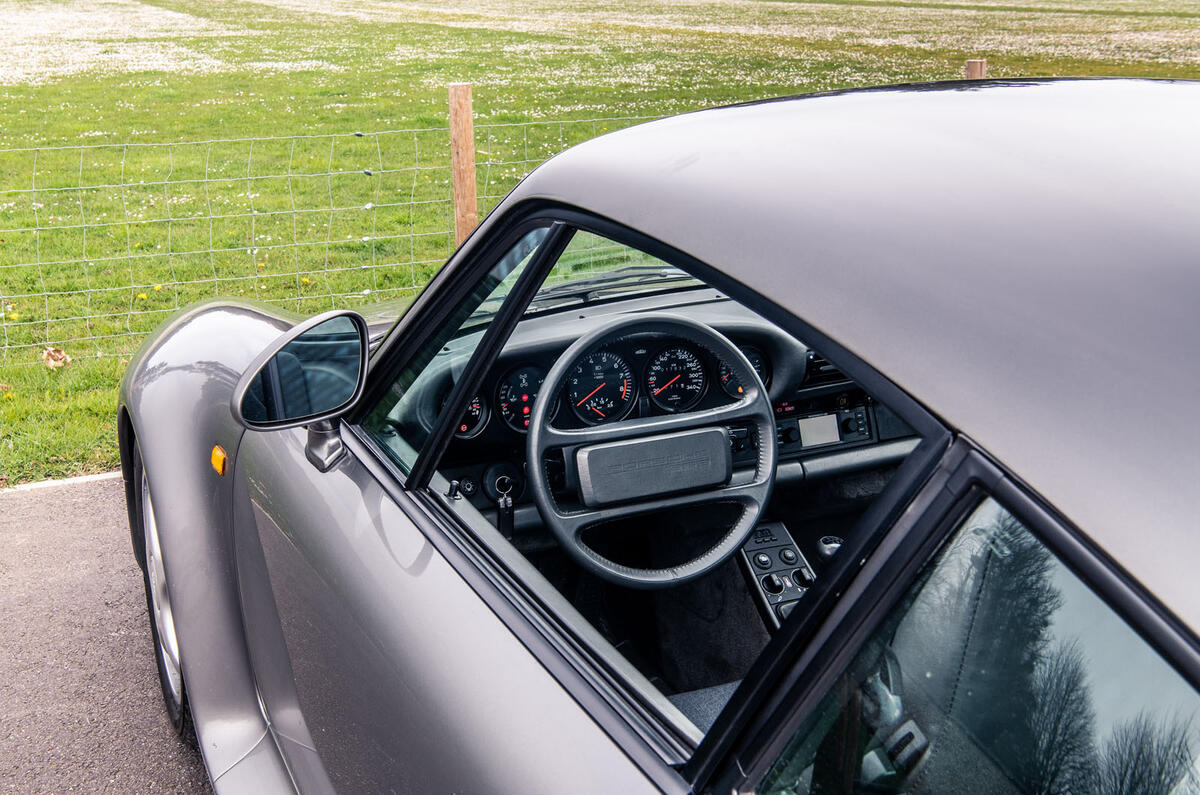
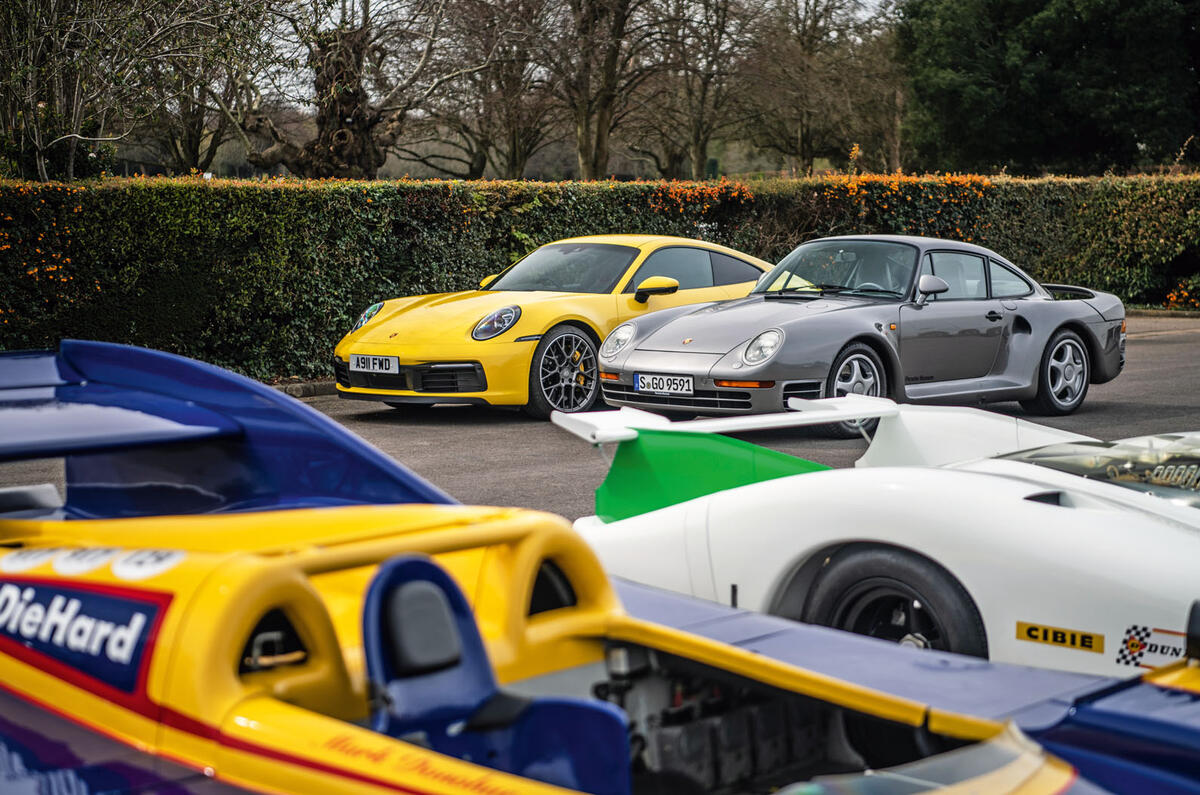
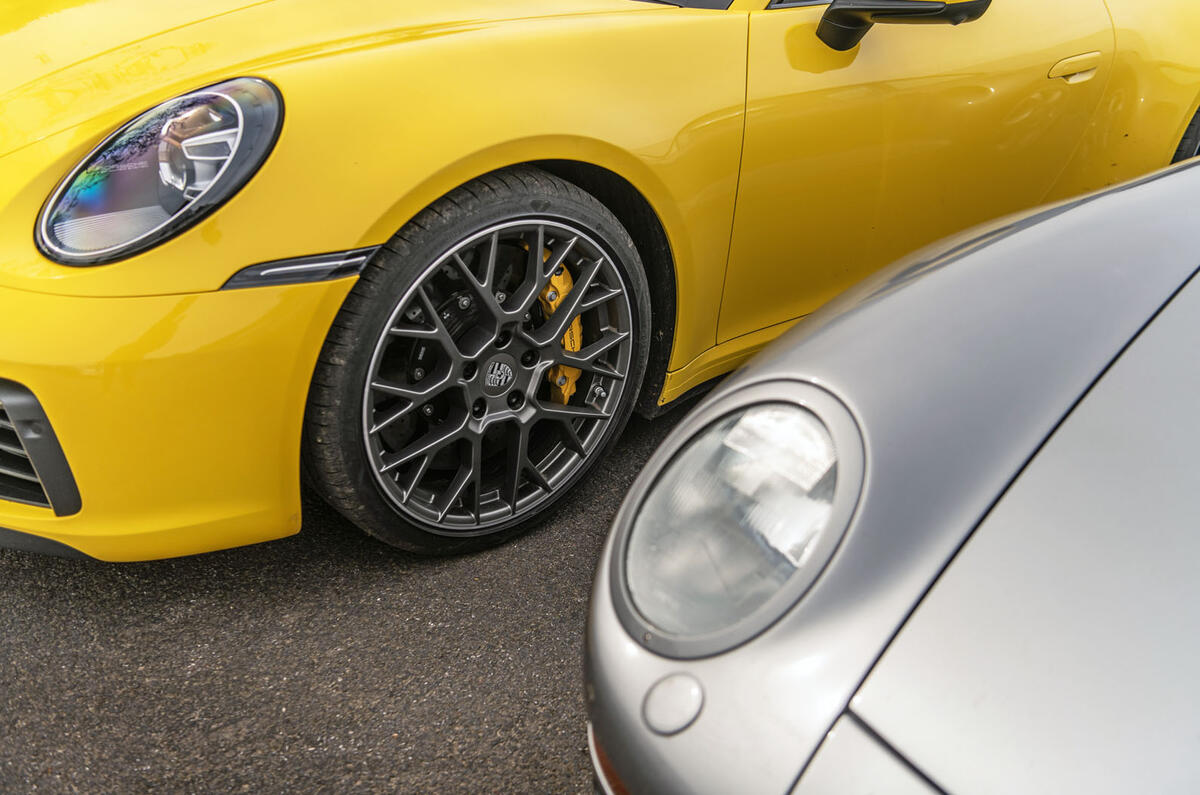
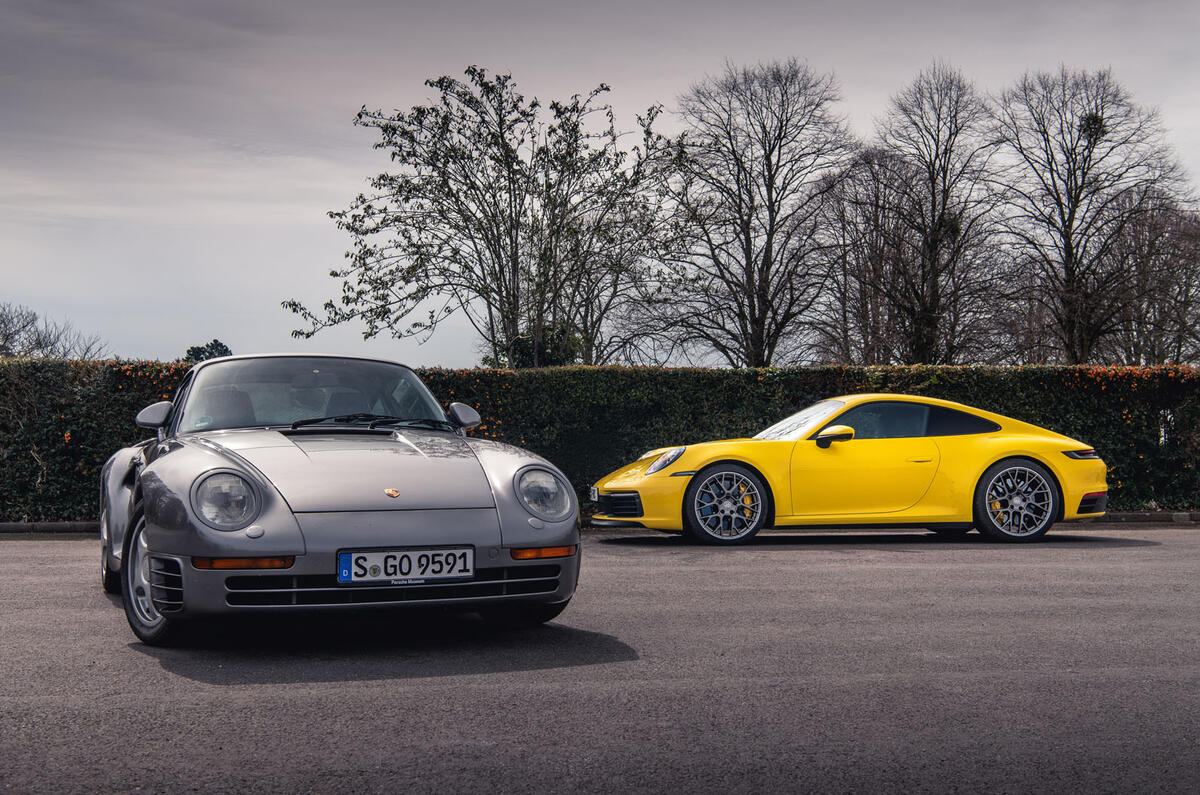
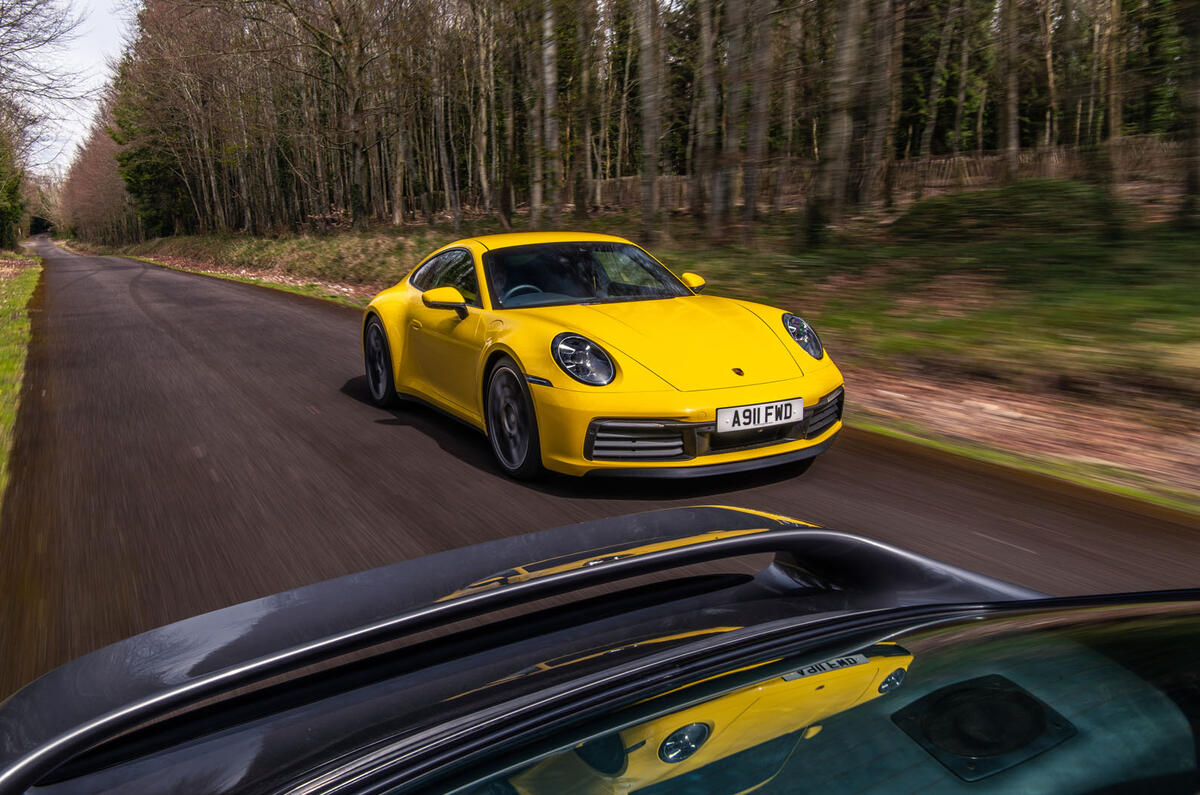
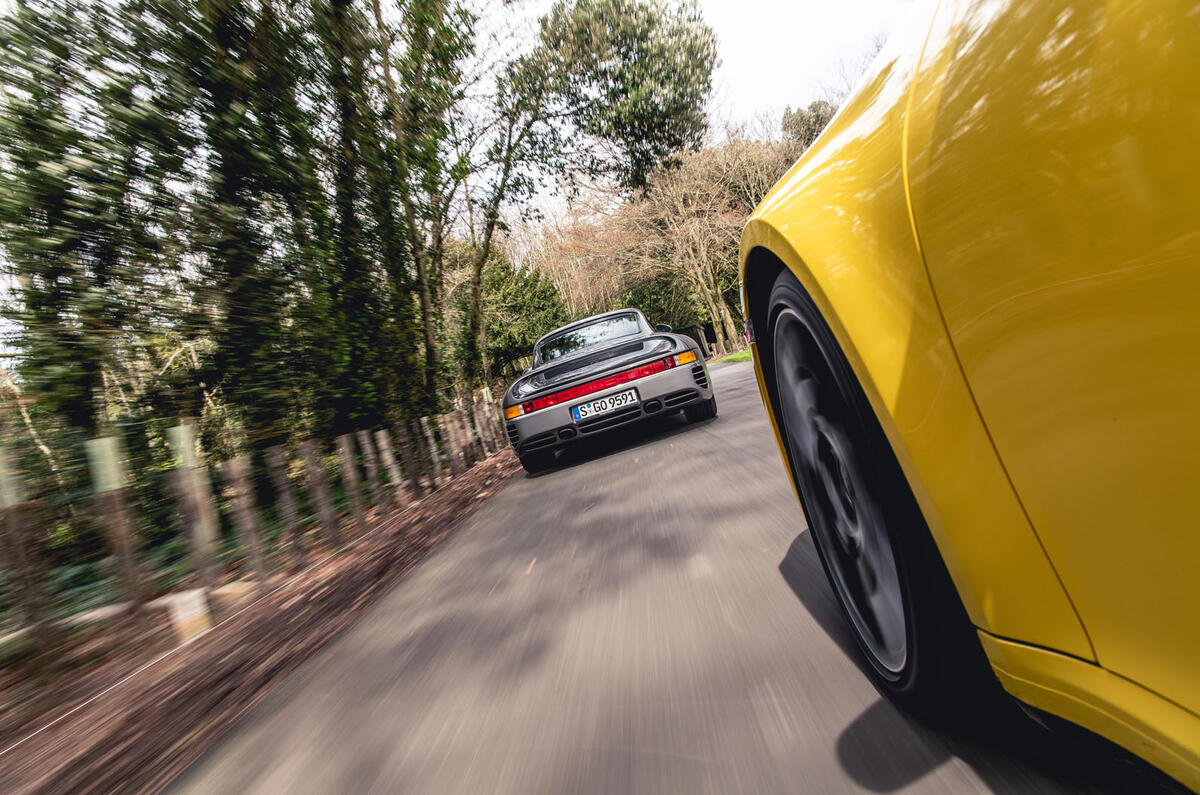
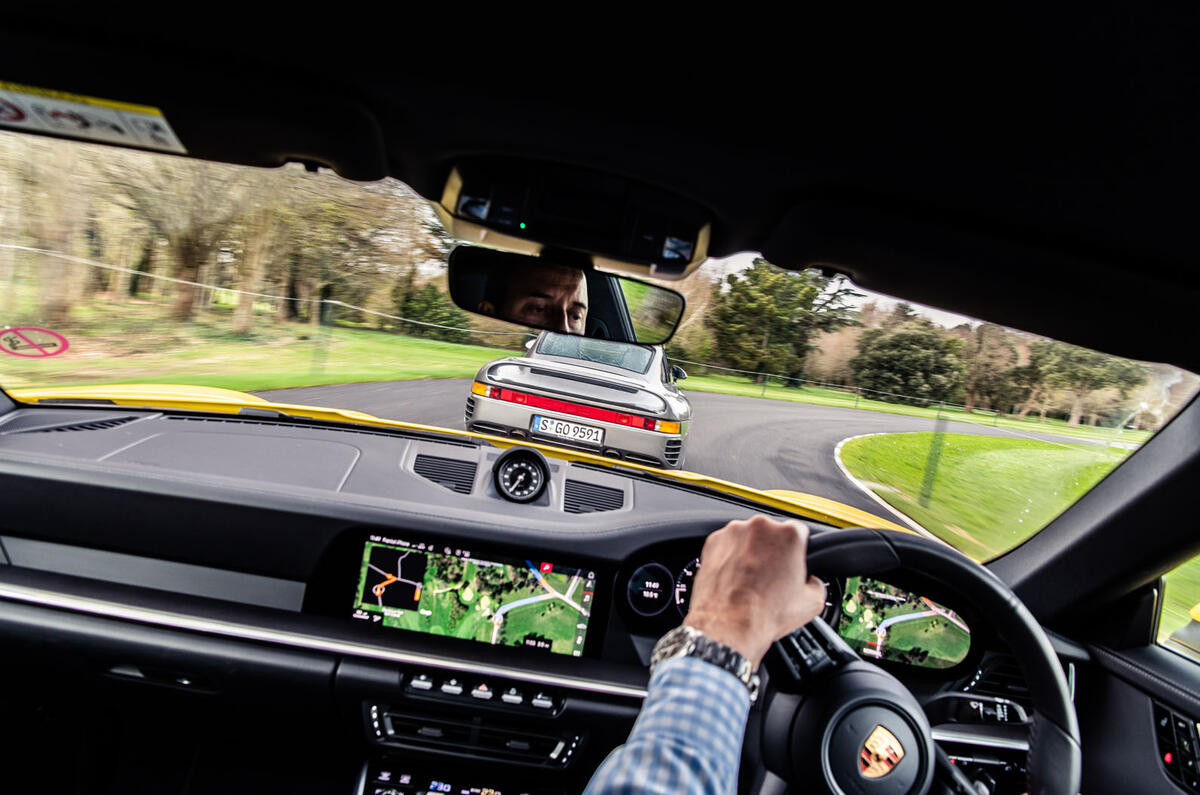
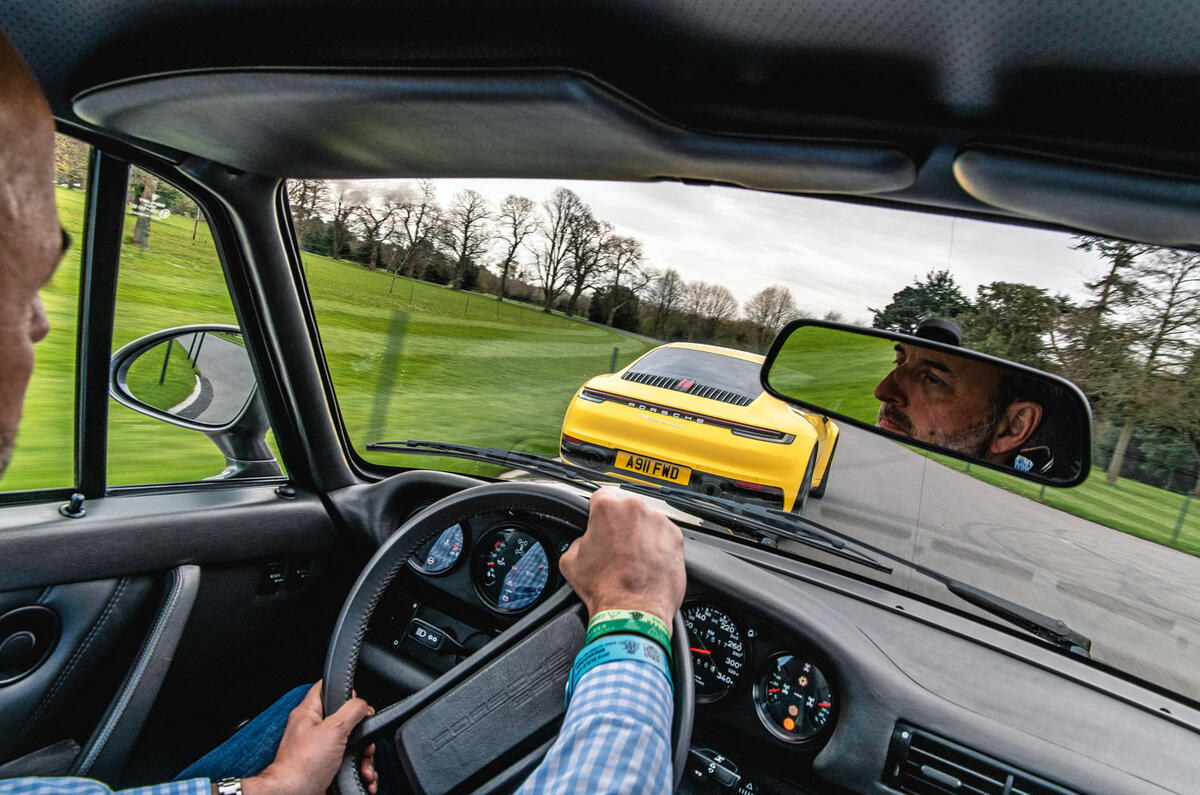
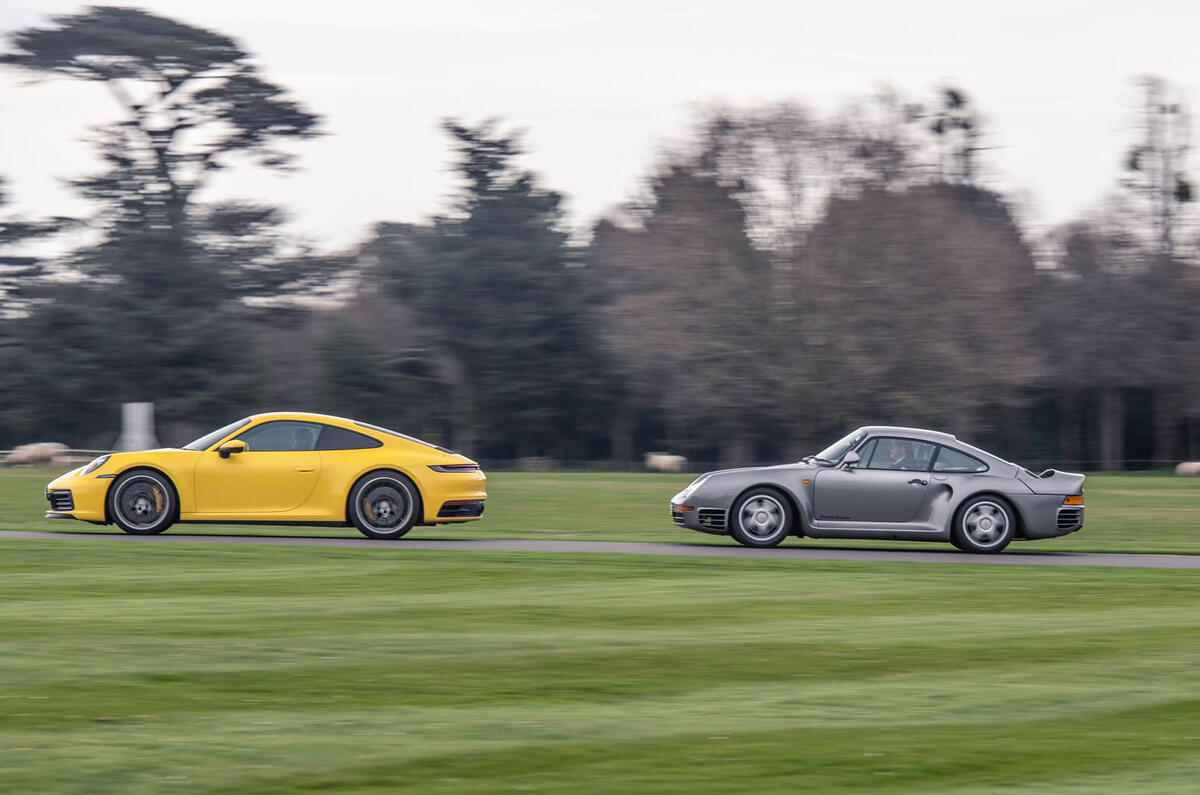
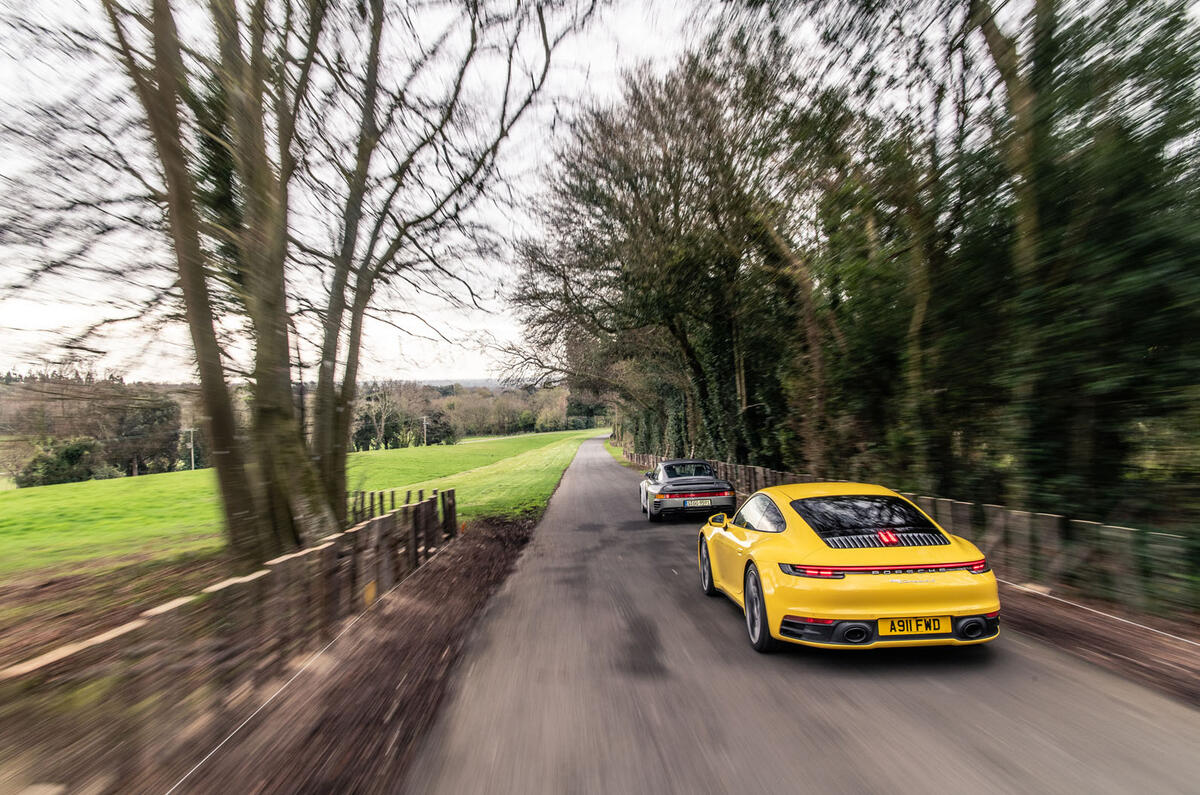
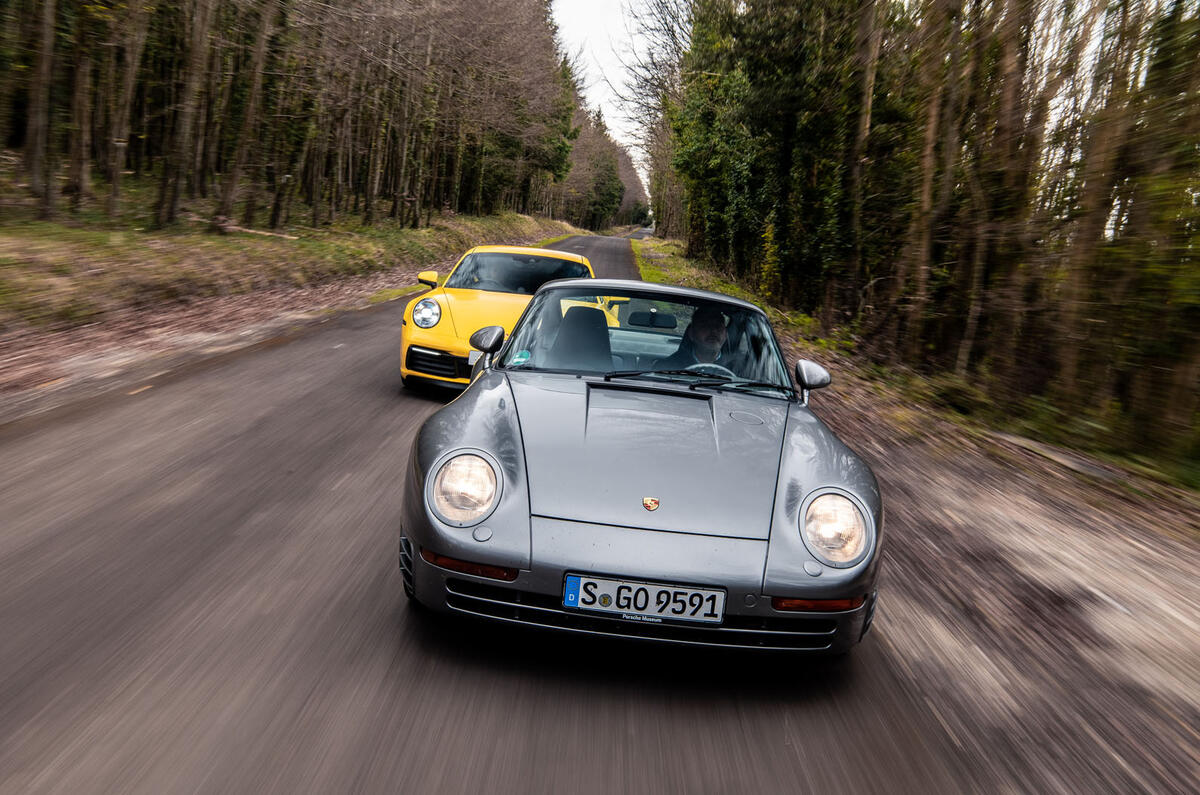
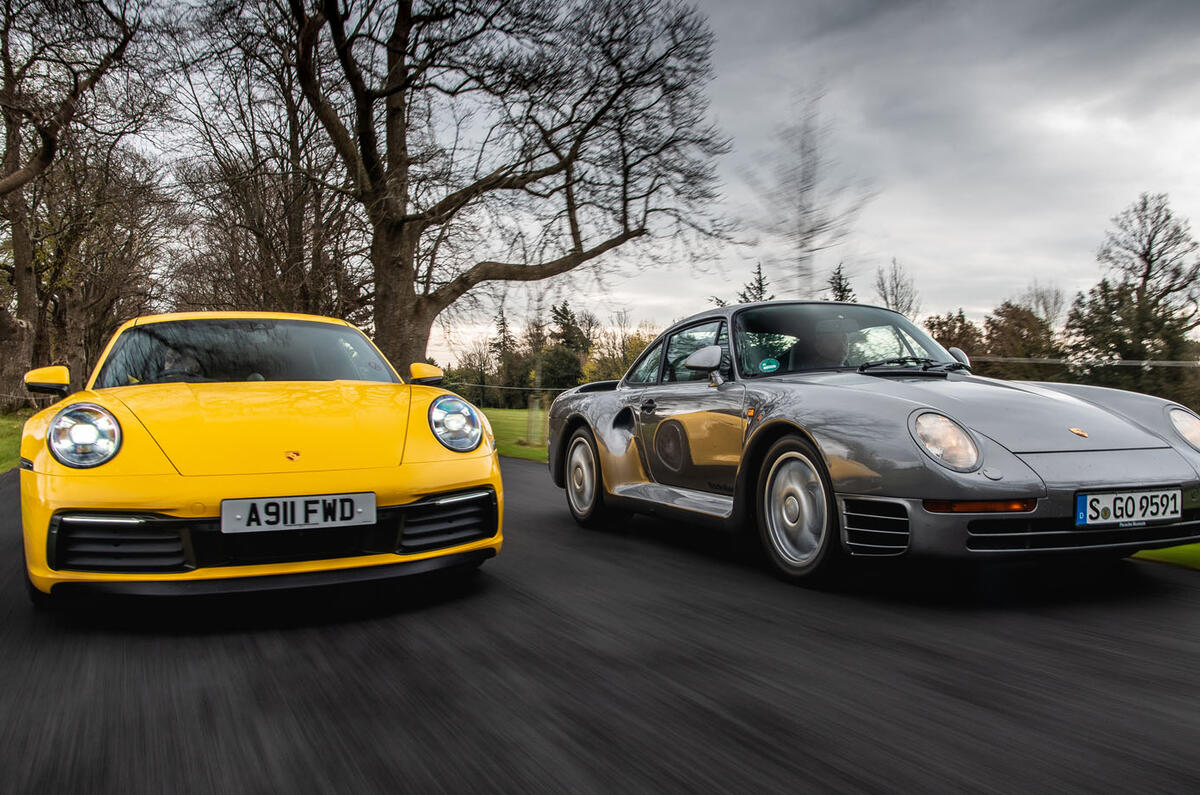

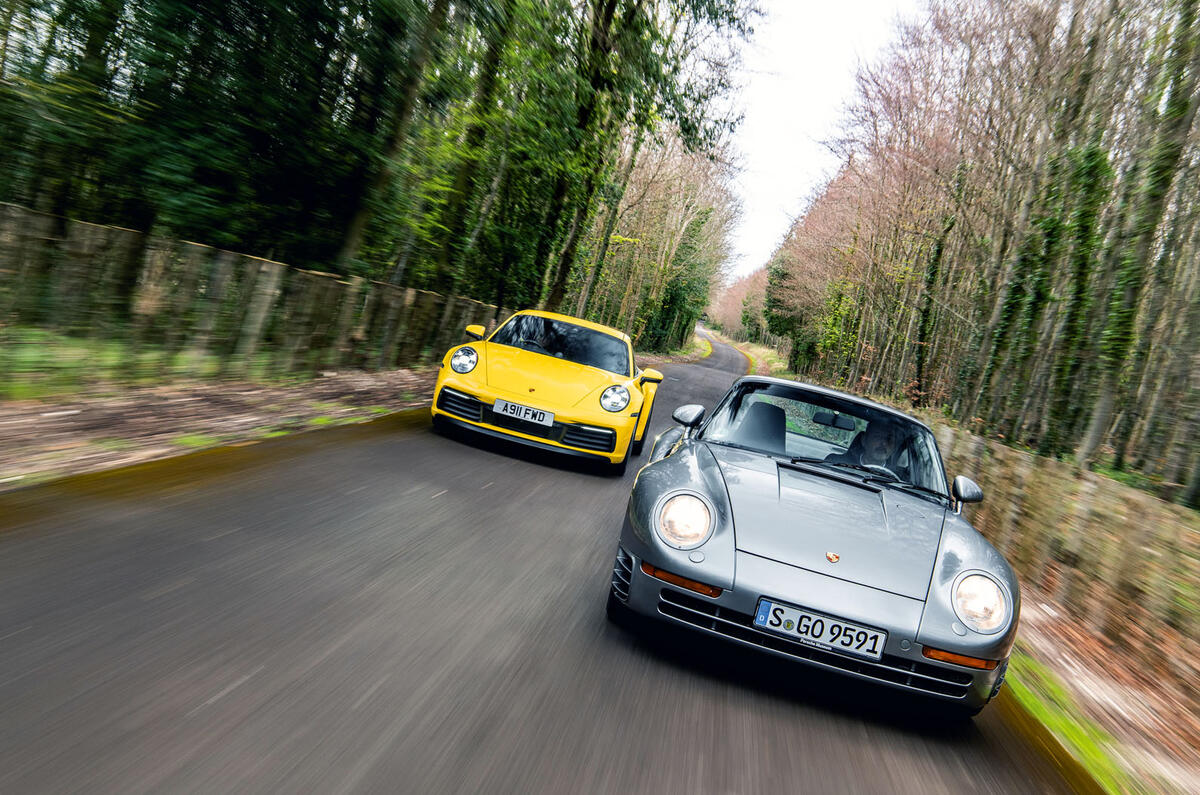
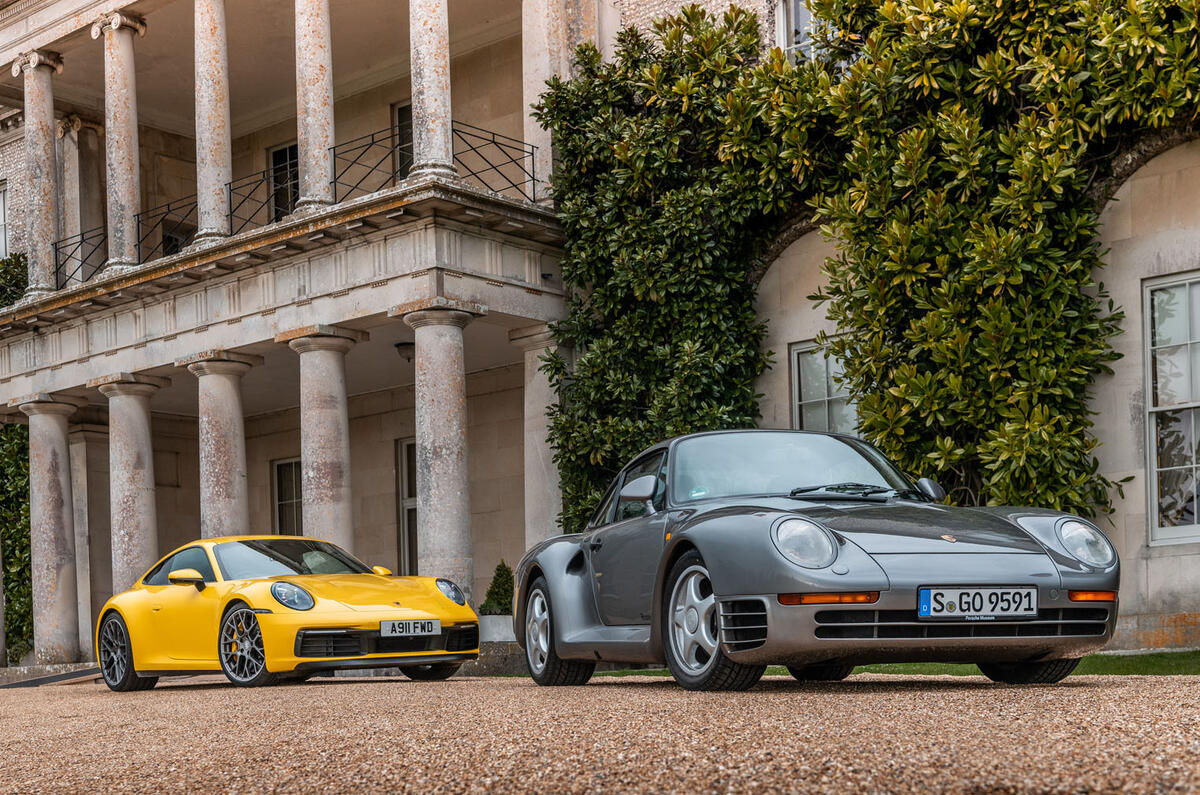
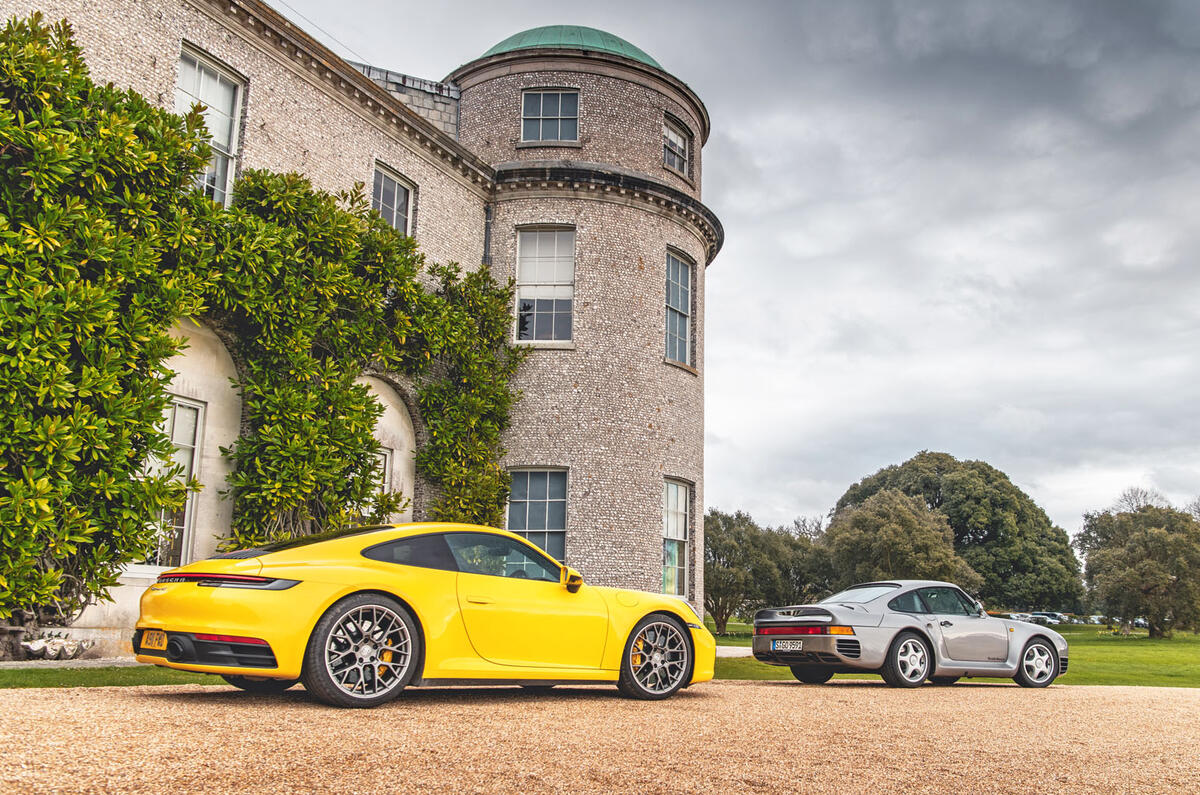
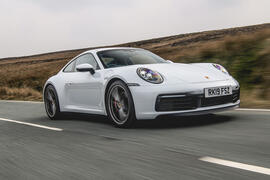
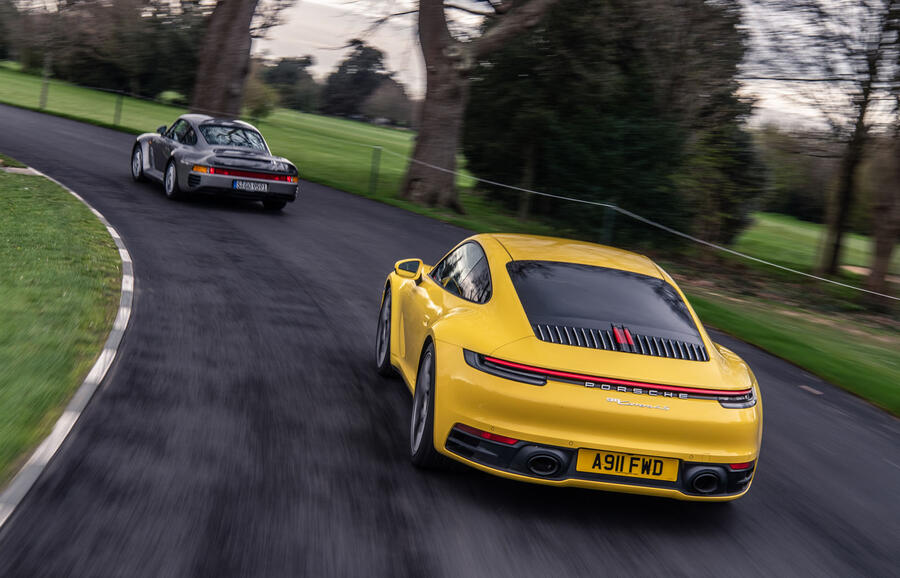
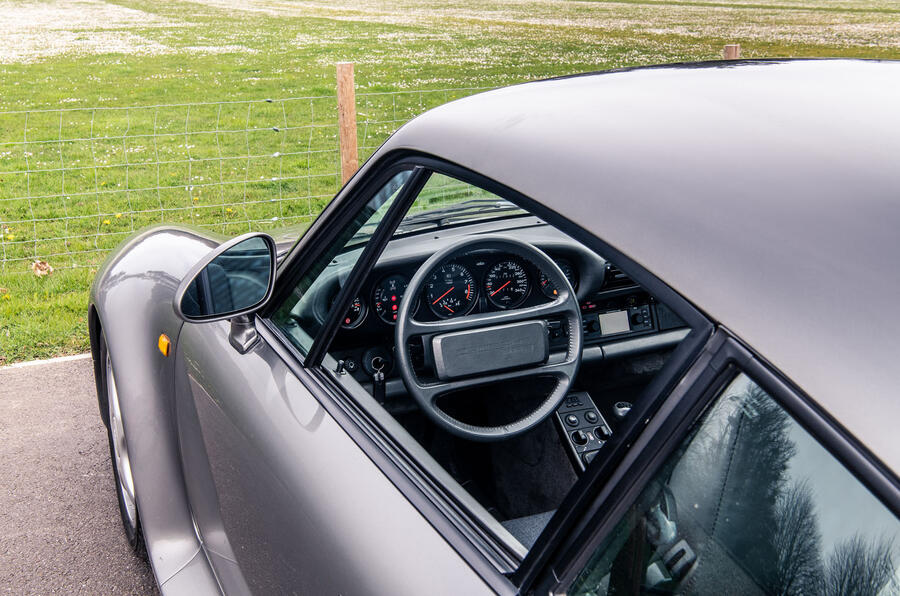
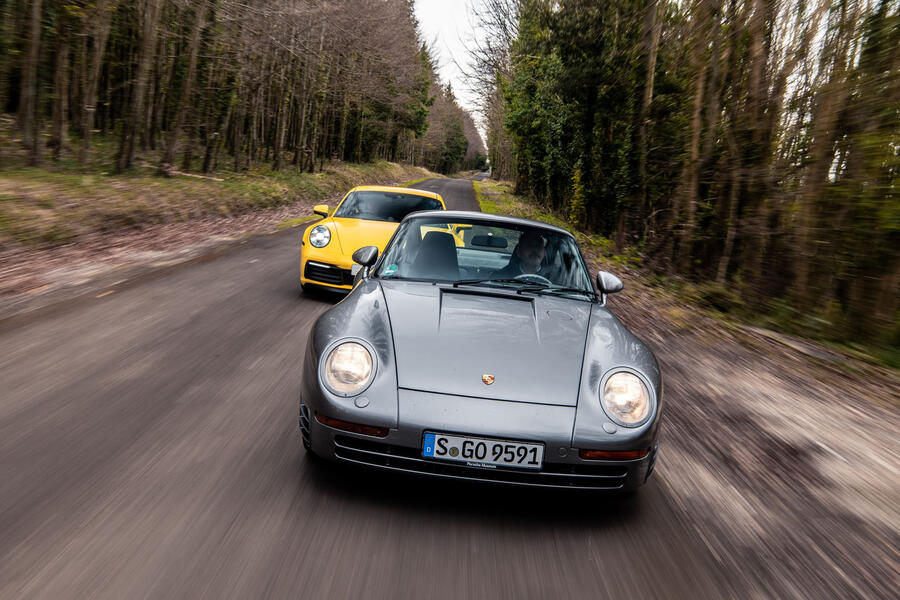
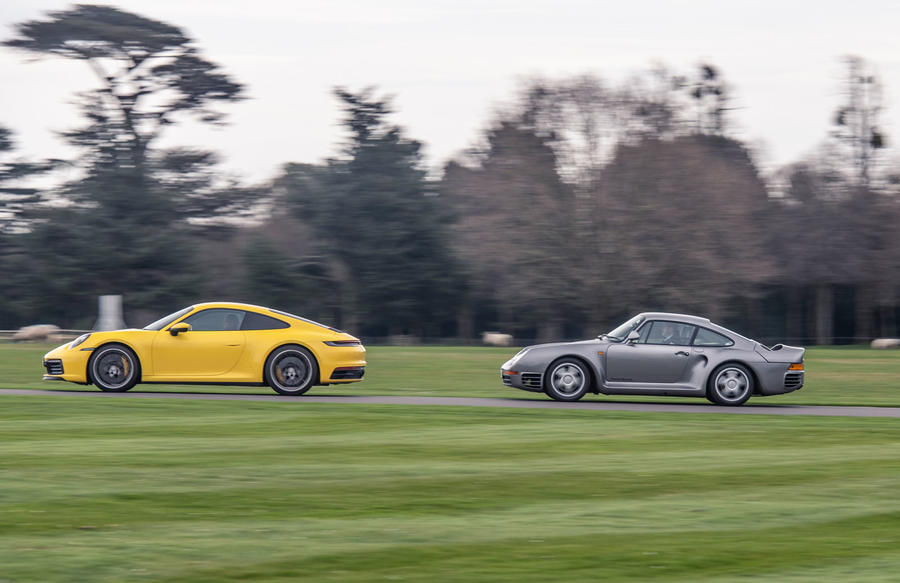
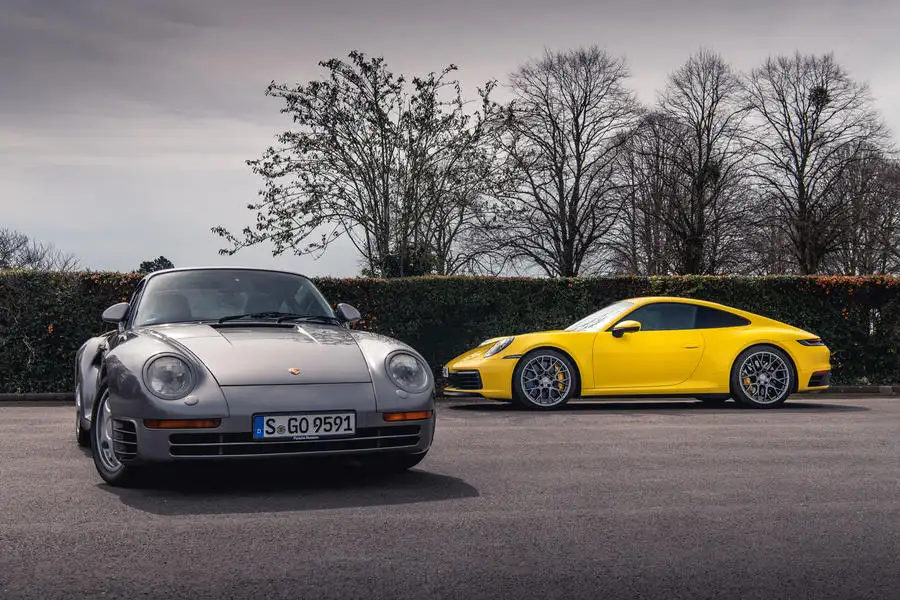
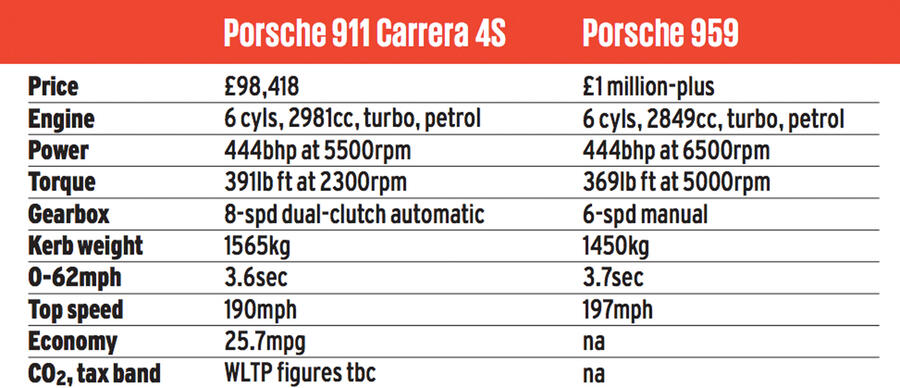

Join the debate
grimble33
The world's longest-running con trick
Looking at the photo at the top of this article, and not being a Porsche "train-spotter", I couldn't work out which is the new car, and which the 33-year-old example. I'm more than aware that "that's the point", and I'm also aware of the arguments in favour of a rear-engined layout.
But, really, let's cut through the clouds of cr*p generated by the Porsche PR machine. Many manufacturers rightly recycle or reference their styling heritage..... but Porsche does something else entirely - it has simply institutionalised intellectual laziness in presenting the same basic package decade after decade. Although Porsche fans clearly love that, the rest of the world became terminally bored with the concept a long time ago.
And if the rear-engine layout was the best for a performance coupe designed to work well on both road and track, at least one of Porsche's competitors would have adopted it at some point in the last half-century. The fact that no-one has tells you that it's not.
panini al tonno
It's unlikely that
It's unlikely that generations of journalists would all agree about 911's being well sorted handling cars just because of good PR, most of 'em, Andrew included have far more integrity to be bought by that nonsense,
Styling wise, the differences between the cars are all pretty obvious to this eye, its not fair to lazily glance at the cars and say they all look the same, take your time to pour over the details and you will see small and fascinating details between them all. The difference between 997 and 991 for example, the rear spoiler being integrated, the side mirros being mounted on the doors rather than the quarter glass and probably a lot more, it all adds up to a more cohesive looking object, just imo
beechie
Why does it upset you so much?
You admit to not being a keen student of Porsches, so why not just move along?
There's loads of choice out there; there's a car, a heritage and a philosophy for nearly everyone to buy into. What's wrong with that?
Oh, and spare us the pompous rubbish about 'intellectual laziness', please.
grimble33
Re: Why does it upset you so much
Because those of us not taken in by the hype are allowed opinions as well. And thanks for proving my point about intellectual laziness.
beechie
By all means...
...express an opinion, but make it interesting, challenging and original. Your opinion is remarkably similar to your view of the 911's styling: hackneyed, predictable, and seen many, many times before.
Sporky McGuffin
grimble33 wrote:
If it wasn't a perfectly good layout, 911s wouldn't keep winning Performance-Car-Of-The-Year type tests.
Like every other configuration there are advantages and disadvantages; Porsche have clearly made the most of the former and minimised the latter over the years.
As for none of Porsche's competitors adopting it, Alpines up until the new A110 were all rear engined, and were both highly rated in contemporary tests and successful in racing, so you're just downright wrong there.
abkq
@grimble33
Without the three-pointed star to give Mercedes its brand identity, nor the kidney grille to give BMW its point of reference, and even Audi is instantly recognizable by its four rings, Porsche has to rely on its distinctive curvaceous shape to communicate Porsche-ness. As a result, all Porsches, from coupe-saloon (Panamera) to SUV, look like derivations from the 911. Yes, the design language is limited, but I suspect its not due to 'intellectual laziness' but to the marketing men who probably insist that brand recognition is more important than aesthetic invention.
Cobnapint
@grumble33
And PS, if there are any upcoming motor journos out there, THAT is how write a motoring article.
Magnitio
Ferrari F40 vs Porsche 959
I'm confused why this article mentions the Ferrari GTO and not the F40. I can remember articles from the 80's in Autocar comparing the F40 and 959, which were quite a close match in terms of performance.
Boris9119
Your Right!
Spot on Magnitio, the F40 and 959 were direct competitors and went head to head in every motoring magazine. Not sure why Autocar references the GTO. I rode as passenger in a 959 from Hull to Leeds along the M62. We did not max out, but the pull at 150 was memorable. Spanked the F40 in all ways except raw emotion from what I have read.
Pages
Add your comment